Last updated on June 28th, 2024 at 08:20 pm
If you are searching for the question- which persuasive media technique is used in the advertisement? Then, you are in the right place. In this blog, we will explore the 7 Persuasive Media Techniques in Advertising with examples in brief.
Table of Contents
As we know advertising is very important in marketing. Advertising is a very powerful tool that influences consumer behavior. Businesses and brands widely use advertising to influence consumer behaviour which drives sales.
In the same way, Behind every successful advertisement, there are strategic persuasive media techniques at play. These powerful techniques can capture customer attention, create an emotional connection, and influence you to take a specific action, such as purchasing a product or service.
In this article, we will delve into the world of persuasive media techniques and analyze a real advertisement to uncover which technique it employs. We will discuss the 7 persuasive media techniques in advertising with suitable examples of each of them.
What are persuasive media techniques in advertising?
Persuasive media techniques in advertising are like strategies or tricks that companies or brands use to make you want to buy their products and services or believe in their ideas. In the same way, they generally use things like showing happy people using their products or services, making you feel like you might miss them or even scaring you a little.
Similarly, advertisers design these strategies or tricks to make users feel a certain way so that users want to do what the ad is telling them, such as buying a product or supporting a cause. For consumers like me 😁it is very important to be aware of these tricks so that you can make smart choices when you see ads.
In the same way, For businesses and brands 🤠 It is very important to understand persuasive media techniques to make a smart and great advertisement to achieve success in your marketing strategy.
7 common persuasive media techniques in advertising
Before we begin analyzing an advertisement, let’s examine some common persuasive media techniques that advertisers use in advertising.
1. Emotional Appeal

Emotional Appeal is a powerful persuasive media technique that is used by many big brands and companies in their marketing strategy. This technique includes making advertisements by evoking emotions like happiness, nostalgia, or sadness.
Emotional Appeal is widely used in advertising to create a deep emotional connection between the audience and the product, service, or clause.
Let’s see the example of emotional Appeal persuasive media techniques in advertising
An advertisement for a charitable organization showcases touching images of children receiving treatment, education, and support. Emotional music background and heart-touching stories are used to encourage people to donate.
2. Social Proof

Social proof is another important persuasive media technique that is widely used in advertising. We human beings love social proof and believe in that. Companies and businesses showcase testimonials, celebrity endorsements, or statistics in their advertisement.
In the same way, marketers or advertisers use social proof in their advertisements to demonstrate their products and services which is widely accepted and appreciated by others.
Let’s see the example of Social Proof persuasive media techniques in advertising
An advertisement for a popular burger house displays a long line of customers waiting outside with captions like ” Everyone is Flocking to taste our burger”. This technique suggests that the burger house is the best and most popular which persuades viewers to try it as well.
3. Scarcity and Urgency

Similarly, Many advertisements include the scarcity and urgency of the product. This is the powerful persuasive media technique of advertising which generate more sales.
In the same way, Businesses and brands create Scarcity and Urgency by using phrases like” only a few items left”, Limited Time offer, and so on which make consumers act quickly to avoid missing out on the product or services.
Let’s see the example of Scarcity and Urgnecy persuasive media techniques in advertising
A clothing store promotes a flash sale with a countdown of the clock and using the message ” Only 2 Days left to grab your favorite cloth at 70% off! This creates a sense of scarcity and urgency which motivates people to make a purchase decision before the sale ends.
4. Fear and Threat

In the same way, some businesses use the fear and threat persuasive media technique in their advertisement to generate more sales. Consumer makes the purchase decision by fear and threats shown in an advertisement.
Many advertisers use fear techniques to motivate action. By including this technique in the advertisement, people know about the potential negative consequences if they do not take action like purchasing of product and so on.
Let’s see the example of Fear and Threat persuasive media techniques in advertising
An advertisement for home security systems shows a Possible negative consequence by using the phrase “secure your home before something bad happens”. This technique aims to instill fear to encourage viewers to invest in advertised security solutions.
5. Authority

In the same way, Authority is widely used in the persuasive media technique of advertising. Including authority in advertising, helps to gain trust from the people. People trust the brand, product, or services with this persuasive media technique of advertising.
Businesses can do that by presenting an expert or authoritative figure which can instill trust as well as confidence in the product or services being promoted. Building authority and gaining trust will help in the boost of sales.
Let’s see the example of Authority persuasive media techniques in advertising
In an advertisement for toothpaste, a dentist in a white coat explains the product’s benefits and recommends it as the best choice for dental care. The dentist’s authority and expertise help to gain credibility for the toothpaste brand.
6. Humor

Many companies use humor advertisement techniques in their marketing strategy to increase their reach in wider audiences. The main aim of the humor advertisement is to entertain viewers.
Similarly, Humor advertisements make people more likely to remember the product or message positively. By using this technique businesses can boost their sales or brand message.
Let’s see the example of humor-persuasive media techniques in advertising
An advertisement for a car insurance company uses humor to depict a series of comical accidents and mishaps, using phrases and highlighting the need for reliable insurance coverage. The humor keeps people engaged and makes the company more memorable.
7. Bandwagon Effect

In the same way, the Bandwagon effect is the most popular persuasive media technique in advertising. The bandwagon effect technique encourages viewers to move on the bandwagon, emphasizing the popularity or trendiness of the product or service.
Let’s see the example of Bandwagon persuasive media techniques in advertising
A mobile phone company advertises its latest model as ” the mobile phone everyone’s talking about”. By suggesting that the mobile is trendy as well as high in demand, they encourage people to join the trend and purchase their mobile phones.
Some other mostly used persuasive media techniques in advertising
- Guarantees and Warranties
- Before-and-After Imagery
- Personalization
let’s Analyze an Advertisement of a popular energy drink
To illustrate the application of persuasive media techniques. let’s analyze a recent advertisement of a popular energy drink i.e. Coca-Cola:
Advertisement: shows the young individual feels lazy at first and after drinking the Coca-Cola energy drink he enjoys a day filled with energy, adventure, extreme sports, and high-energy activities. “Drink Coca-Cola energy drink and unlock your inner beast,” the message is obvious.
Now, let’s break down the persuasive media technique(s) used in this advertisement:
Technique: Emotional Appeal and Fear
Analysis: This advertisement uses an emotional appeal by showcasing an individual who is not just enjoying his day and after consuming that product he feels excitement, empowerment, and energy. At the same time, it subtly introduces fear. By suggesting that without the Coca-Cola drink, you may not be able to unleash your “inner beast” and experience such a thrilling lifestyle. It creates a fear of missing out on these exciting adventures.
Effect: This combination of emotional appeal and fear creates a powerful cocktail of emotions. People are enticed by the prospect of an exhilarating life while fearing that they might miss out on it if they do not consume the advertised Coca-Cola energy drink.
You may also like to ask:
Common techniques include social proof, scarcity, urgency, fear emotional appeal, humor, bandwagon effect, and more. These are methods businesses use to influence consumer decisions.
Companies and businesses use these techniques to grab the attention of people, create a connection with products services, or messages, and encourage you to take a specific action such as buying their products.
It depends on how they are used. Some ads aim to genuinely inform and persuade but others may employ manipulative tactics to exploit fears or emotions.
Not necessarily, different people respond differently to these techniques in different ways. Personal values, preferences, and needs of people play a role in how they react to persuasive advertising.
Yes, many countries have guidelines and regulations that restrict deceptive or harmful advertising practices. These rules are for the consumers’ protection from unfair advertisement tactics.
Yes, there are positive aspects to persuasive advertising techniques. It can help convey important information, inspire positive actions, and promote beneficial products or services, such as supporting charitable causes.
Conclusion
As we discuss above 7 common types of persuasive media techniques which is widely used in advertisement. Advertisement is a diverse field that uses various persuasive media techniques to influence the behavior of consumers.
As we analyze the advertisement for an energy drink, the use of emotional appeal and fear effectively captures the people’s attention and encourages them to consume the product as a means to achieve an exciting and adventurous lifestyle.
As consumers, it is essential to be aware of these persuasive techniques and critically evaluate advertisements to make informed decisions. In the same way, Businesses and brands need to use these types of persuasive media techniques in their advertisement marketing strategy to stand out in the competitive marketplace which will help to boost the sales and brand message.
If you have any questions or suggestions related to persuasive media technique then don’t forget to leave a comment below.
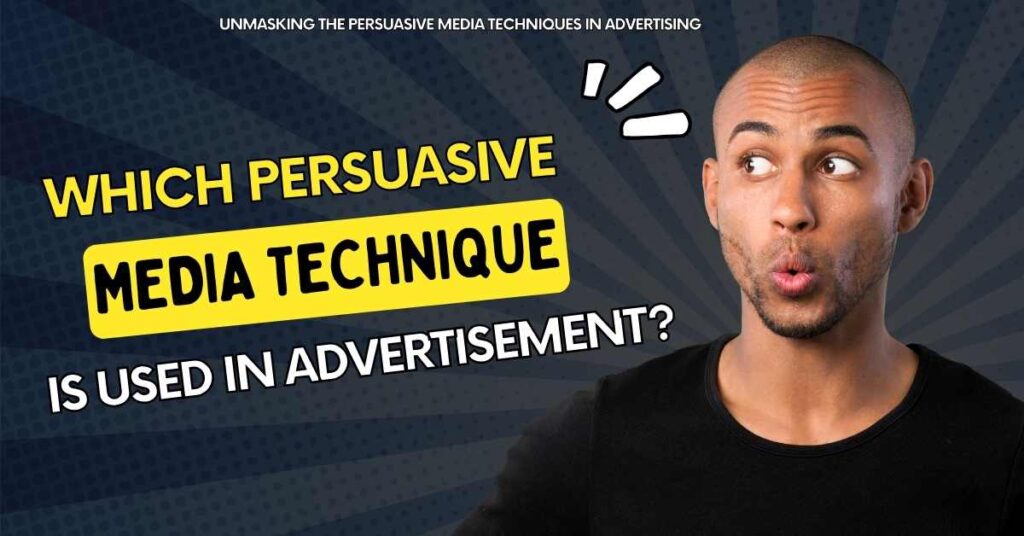
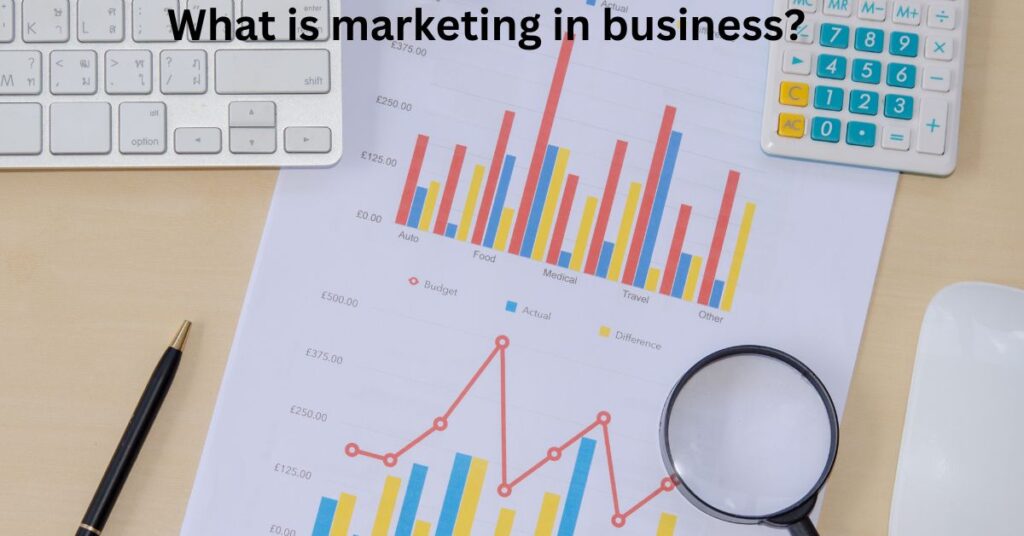
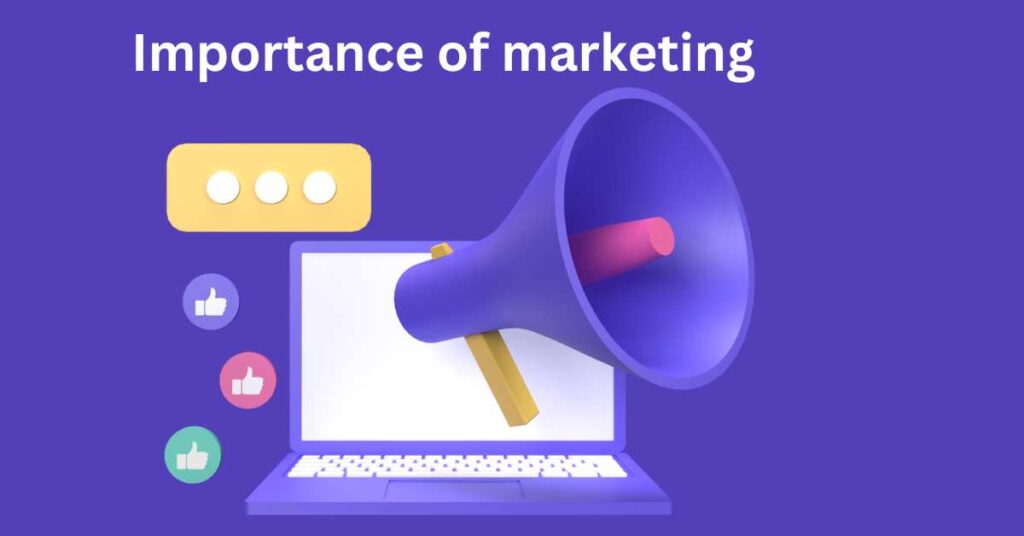
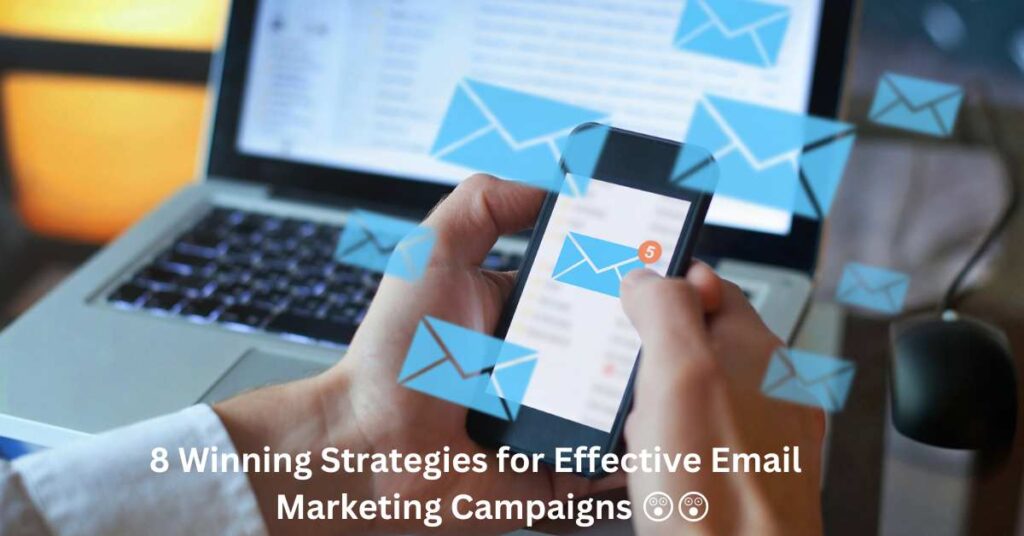
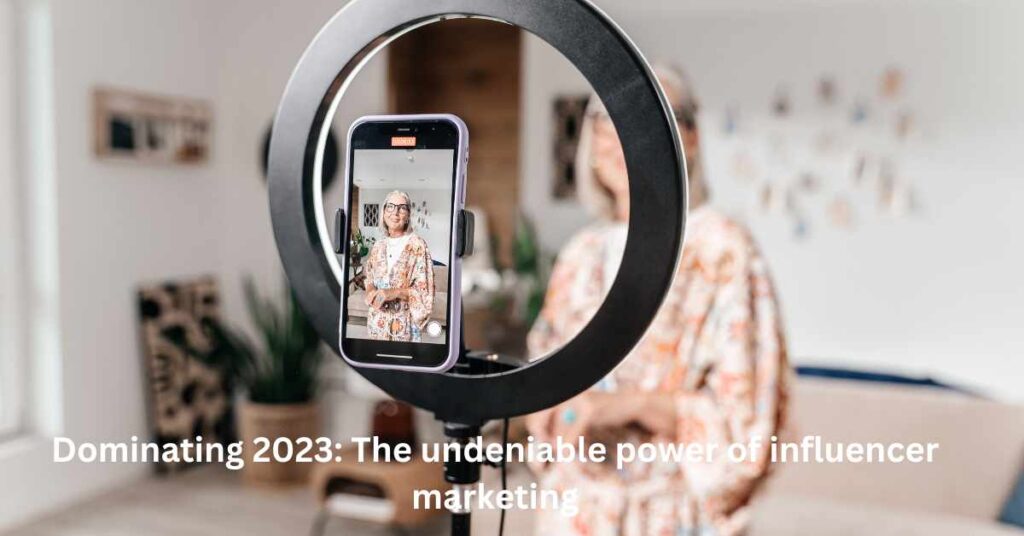
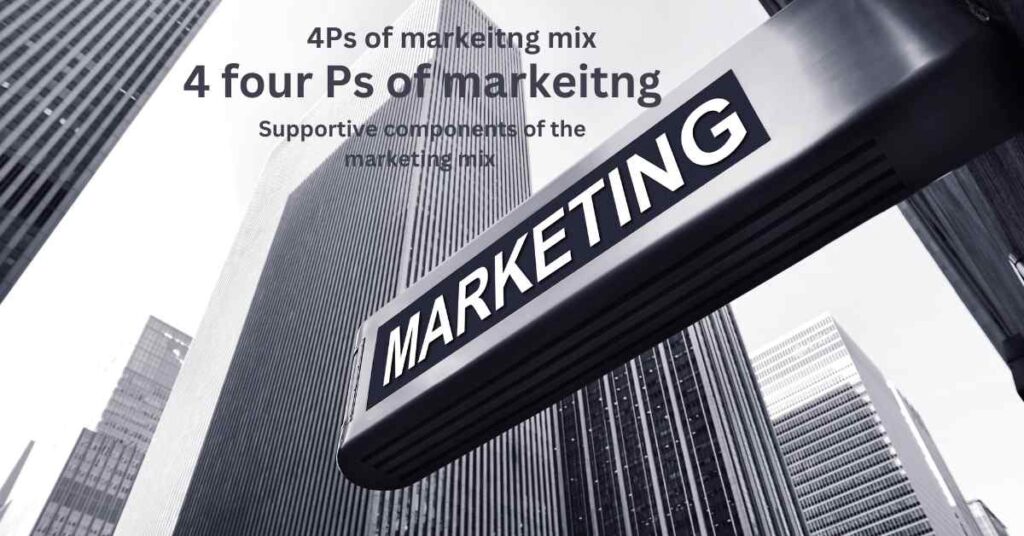
I’m often to blogging and i really appreciate your content. The article has actually peaks my interest. I’m going to bookmark your web site and maintain checking for brand spanking new information.